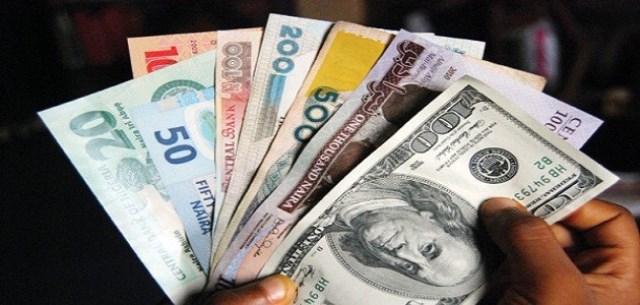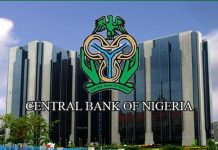The dollars changed for the naira as high as N390.99 during intraday trading at the I&E window as dollar shortages persist. This is according to information on the website of the FMDQOTC.
In contrast, the exchange rate at the parallel market was unchanged for the third consecutive day closing at N472/$1 on Thursday, July 23, 2020.
Parallel Market: At the black market where forex is traded unofficially, the Naira exchanged with the dollar for N472/$1 for the third day in a row on Thursday closing at N472 to a dollar.
The stability in exchange rate contrast sharply with previous weeks that has seen the naira depreciate from N460/$1 to over N470/$1. Nigeria’s airspace remains closed due to commercial international travel and won’t be open till October 2020. Foreign Travel has often being a source of demand for greenback.
The recent demand for dollars at the parallel market is thought to be fueled by speculators. The parallel market also caters to forex trades through wire transfers especially for buyers who cannot fulfill their dollar demands at the I&E window or the SMIS window. Exchange rate for wired transfer is often at a premium to the black market rate.
NAFEX: The Naira depreciated slightly against the dollar at the Investors and Exporters (I&E) window on Thursday, closing at N388/$1, representing a 17 kobo gain when compared to the N388.17 rate close that was reported on Wednesday, July 22. The opening indicative rate was N388.36 to a dollar on Thursday. This represents a 29 kobo gain when compared to the N388.65 to a dollar that was recorded on Wednesday
The naira fell to as high as N390.99 during intraday trading before strengthening to the closed rate of N388. It also sold for as low as N386/$1 during intraday trading. Forex is sold at several prices during the day.
Forex Turnover – Meanwhile, forex turnover at the Investor and Exporters (I&E) window recorded a minor improvement on Thursday, July 23, 2020, as it rose by 3.6% day on day. According to the data tracked by Nairametrics from FMDQ, forex turnover increased from $12.17 million on Wednesday, July 22, 2020, to $12.61 million on Thursday, July 23, 2020.
Exchange rate disparity: The exchange rate disparity between the official NAFEX rate and black market rate still remained wide on Thursday and is still remains a whopping N84. Nigeria maintains multiple exchange rates comprising the CBN official rate, the BDC rates, SMIS, and the NAFEX (I&E window).
Exchange rate unification remains on the cards yet to be implemented weeks after the central bank governor confirmed it will be executed.
The minister of finance also admitted that Nigeria was seeking a unification of its forex Windows a move thought to be in line with the requirements from the World Bank. Nigeria is seeking a world bank loan of up to $3 billion. The country has been under pressure from the International Monetary Fund and the World Bank for currency reforms.
Forex Challenges – Dollar shortages have plagued the country for some months after crash in oil prices, Nigeria’s major foreign exchange earner, thereby shifting demand to the black market.
In a bid to conserve foreign exchange, the Central Bank of Nigeria (CBN) directed banks to stop processing new trade documents for importation of maize.
However, data from CBN shows a decline in the external reserve as it fell from $36.57 billion on June 3, 2020 to $36.08 billion as of July 17, 2020. The declining external reserve reduces the capacity of the CBN to intervene in the forex market, thereby putting more pressure on the market.














